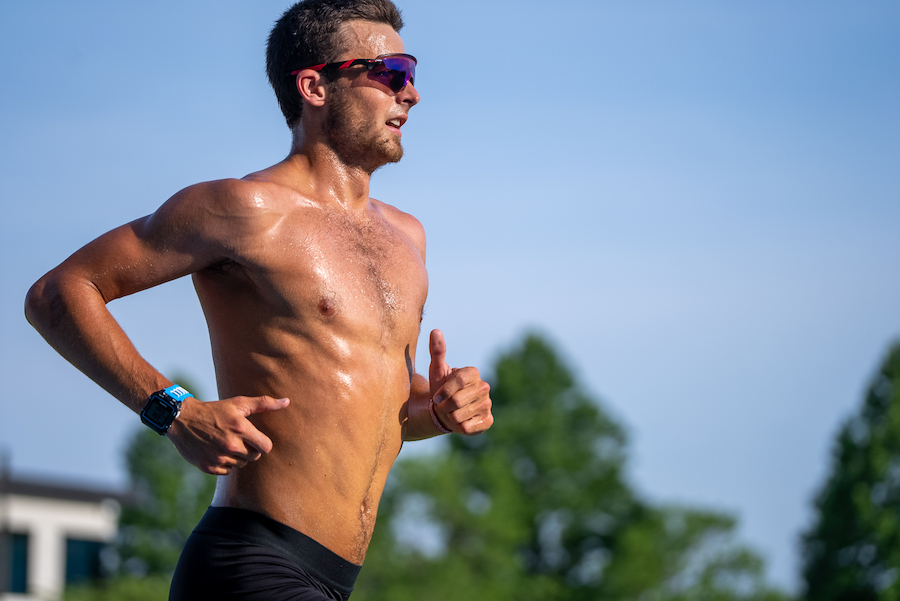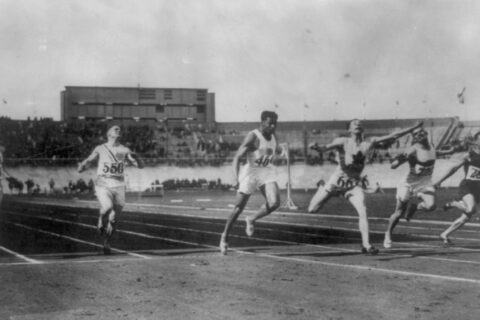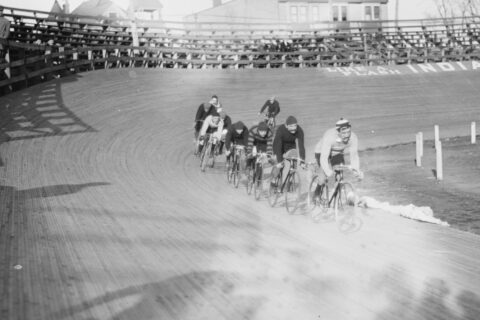While we’ve highlighted much of the science underpinning polarized training, applying that theory in practice isn’t always as easy as it seems. The insights and information below will help keep you on track.
1. The 80/20 principle
Following the well-established polarized training model, 80% of your gains come about through central conditioning. As any good businessperson would tell you, you’d be wise to spend most of your time focused on what produces 80% of your gains. Training your peripheral systems by going hard in November detracts from the critical central work; additionally, you’ll lose all of those gains if you don’t keep up that intense, stressful training.
2. Lots of long slow rides
Central conditioning comprises long slow distance (LSD) riding. For even new riders, three or more hours are needed for an effective ride. Training at about 65-70% of your maximum heart rate is a good target. However, for the most elite riders, stroke volume continues to increase up to higher intensities, which means some pro athletes could be undertaking base work at an intensity as high as 80-85% of their lactate threshold.
3. Train by heart rate
On long rides, there’s an effect called cardiac drift where your heart rate will steadily increase over the course of a consistently metered ride. That means that while 180 watts may be a good LSD pace to start, it’s going to be too hard after four hours. Train by heart rate, not power.
4. Back-to-back days
Many athletes will complain that LSD rides simply don’t hurt enough. That’s why I’ll often prescribe several LSD days in a row. By the third day, you’ll have all the “hurt” that you need. To train a system, you must stress it. The best way to stress your central system isn’t with intensity but volume. On your big weeks, do several LSD days in a row. Then make sure you follow it up with recovery days.
5. Skip the weekend throw-down
When I was training at the Canadian National Center, I remember a day in December when the head coach couldn’t make our regular ride. We were, instead, instructed to do the local weekend throw-down. The national champions among us& refused, complaining that the local masters went way too fast. The lesson here is that the local weekend throw-down is a great early season prep ride, but take a pass on it between November and January.
6. A little threshold work never hurt anyone
A little interval work in the off-season can be good, just be sure to make them threshold intervals. These are intervals of about 4-8 minutes at your threshold power. A total of 25-30 minutes at threshold, once or twice per week, is all you need.
7. Watch your heart rate drop
Think of your heart like a billow: A bigger billow can pump a lot more air with each stroke. Now try to quickly pump that big billow. Notice anything? As your central conditioning improves, and your heart gets bigger, you should see a gradual drop in both your resting and max heart rate.
8. The six-week rule
Remember that it takes six weeks to develop your peripheral conditioning. So, start the high-intensity intervals about six to eight weeks before your first important race.





